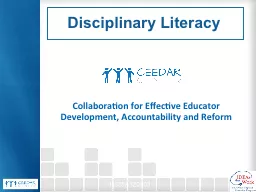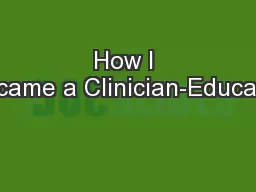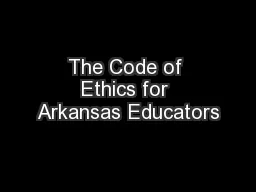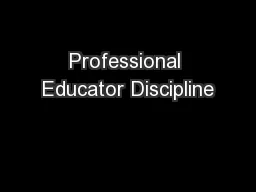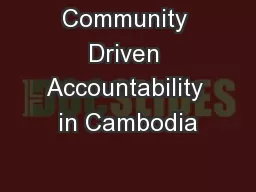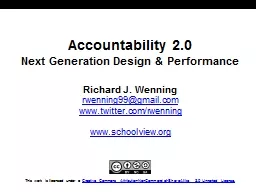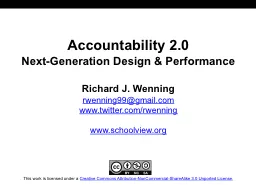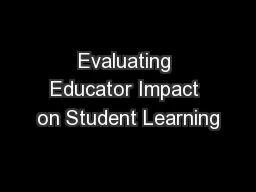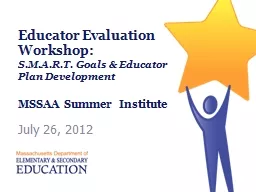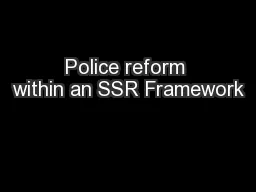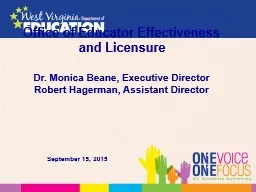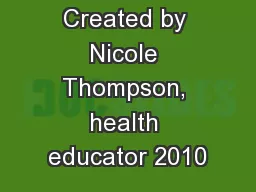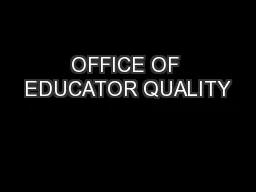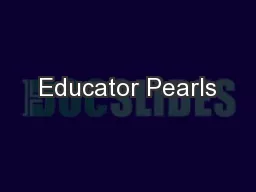PPT-Collaboration for Effective Educator Development, Accountability and Reform
Author : min-jolicoeur | Published Date : 2018-03-23
H325A120003 Disciplinary Literacy Every teacher a reading teacher Shift away from every teacher a reading teacher Explore the overlay of generic content and disciplinedependent
Presentation Embed Code
Download Presentation
Download Presentation The PPT/PDF document "Collaboration for Effective Educator Dev..." is the property of its rightful owner. Permission is granted to download and print the materials on this website for personal, non-commercial use only, and to display it on your personal computer provided you do not modify the materials and that you retain all copyright notices contained in the materials. By downloading content from our website, you accept the terms of this agreement.
Collaboration for Effective Educator Development, Accountability and Reform: Transcript
Download Rules Of Document
"Collaboration for Effective Educator Development, Accountability and Reform"The content belongs to its owner. You may download and print it for personal use, without modification, and keep all copyright notices. By downloading, you agree to these terms.
Related Documents

